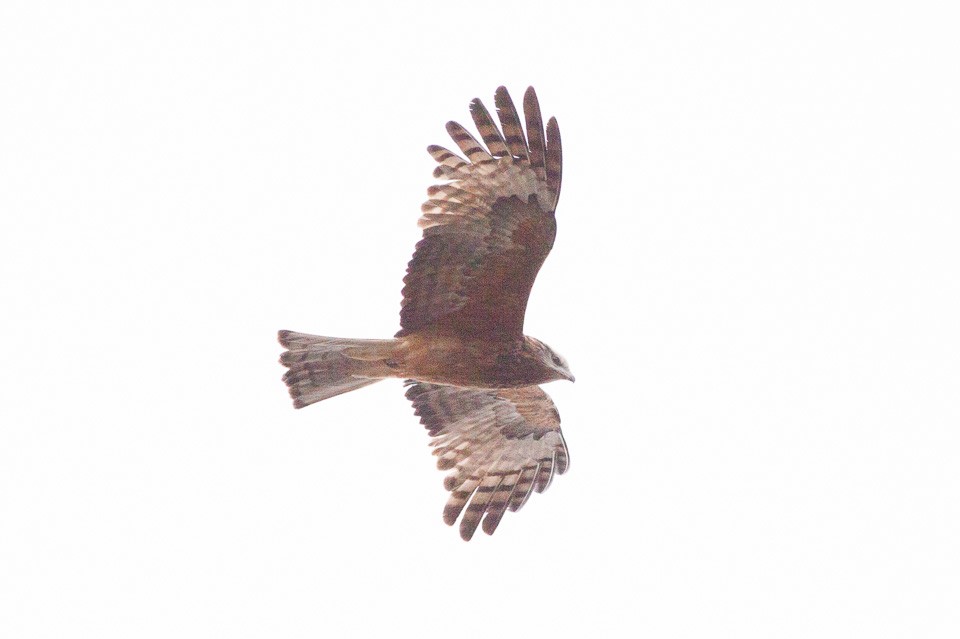Square-tailed Kite
A species of Square-tailed Kite Scientific name : Lophoictinia isura Genus : Square-tailed Kite
Square-tailed Kite, A species of Square-tailed Kite
Botanical name: Lophoictinia isura
Genus: Square-tailed Kite
Content
Description General Info
Description
As an adult the square-tailed kite is a medium-sized raptor, with the following features: Length: 50–56 cm (tail is about half the length of bird) Wingspan: 130–145 cm Weight: Male-501g, Female-650g 
Size
56 cm
Nest Placement
Tree
Feeding Habits
Square-tailed Kite predominantly preys on smaller birds, including nestlings and juveniles. They also consume eggs, small mammals, insects, snails, and reptiles. Square-tailed Kite showcases unique hunting techniques, such as soaring above canopies and skimming over grass to locate prey.
Habitat
Square-tailed Kite primarily inhabits open and temperate forests, including those dominated by eucalyptus and angophora trees, as well as woodlands and forest edges. This species adapts to various landscapes such as scrub, heathland, and riverine trees, also extending into savannahs and occasionally well-vegetated urban fringes, particularly in eastern regions. While square-tailed Kite ranges up to 1000 meters above sea level, it avoids arid, treeless, and alpine environments. Favoring the treetops and the outer canopy, square-tailed Kite is rarely found on the ground. Nesting often occurs in riparian zones within forests and woodlands.
Dite type
Carnivorous
General Info
Feeding Habits
Bird food type
Distribution Area
The square-tailed kite is a specialised canopy-dwelling predator, and can be found in a number of different habitats including open and temperate forests, woodlands, scrub, heathland, riverine trees, and savannah. Square-tailed kites can also be found in well-vegetated urban areas such as golf courses and parks. They are seldom found on the ground. Square-tailed kites are widespread throughout Australia, but are not densely distributed. The birds are solitary, but can be observed in pairs or family units (parents and dependent young) during their breeding seasons. In Eastern New South Wales, nesting square-tailed kites were found to have home territories of 50 m, with spaces of around 13 km between nesting pairs. Current population estimates from the IUCN Red List indicate a population of between 1000–10,000 individuals, of which 67% are thought to be sexually mature individuals. Many square-tailed kites migrate annually, but the timing and locations of these migrations are dependent on the home territory of each individual bird, with some birds not migrating at all. 
Species Status
Square-tailed kites are classified on the IUCN Red List as Least Concern. This classification is a result of the species large range, wide distribution, and stable population trends, though the species has previously been classified as Vulnerable (1994–96) and has a range of different classifications at state levels. In New South Wales the species is considered Vulnerable, while it is considered Threatened in Victoria, Endangered in South Australia, and Rare in Queensland. Due to the stable population trend for this species, and its IUCN Red List classification of Least Concern, there are no active conservation efforts specific to this species. The species will benefit from any environmental protections in place across its range that preserve suitable square-tailed kite habitat, as well as revegetation of open or urban areas. 
